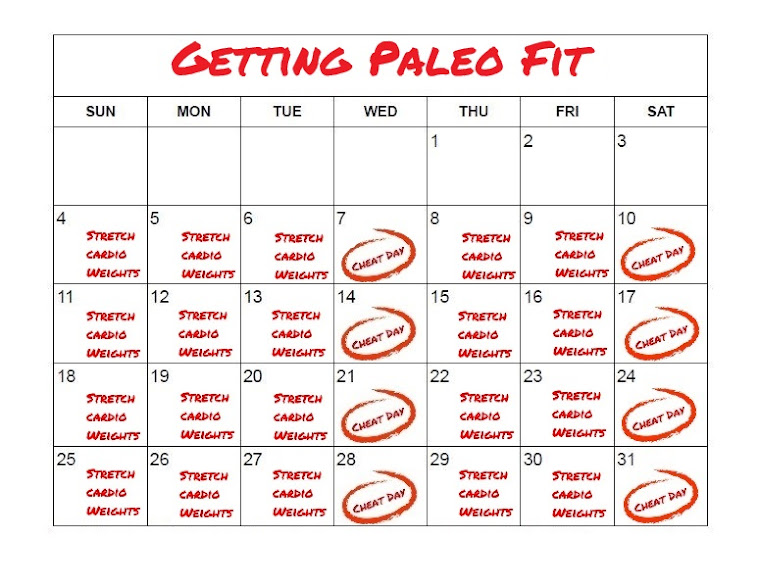Author’s note -- since few people today use swords in combat or otherwise engage in hand to hand combat, most modern research involves the use of handguns, or the ability to brake a vehicle, however this fact does not change the conclusion reached in this article.
Also,
I hope that you enjoy learning from this resource! To help me to continue to provide valuable
free content, please consider showing your appreciation by leaving a donation HERE. Thank you and Happy Trails!
The time of the hand...
Actions that only involve the “time of the hand” are the
fastest, since they only require using a
small portion of the body. These are
actions that only use movements of the wrist, hand and fingers to achieve the
required action.
How fast is fast? Bill
Lewinski, writing in The Police Marksman, wrote that if a pistol is
already pointed at a target, it takes just 0.03 of a second to confirm a sight
picture, before the trigger pull, if the wielder has his or her finger on the
trigger. If your finger is off the
trigger, it takes an additional 0.06 seconds to move your finger to the
trigger. This is consistent with
researcher J. Peters Blair, et al., who noted that it took 0.08 seconds to
complete the actual physical motion of moving your finger from a resting position
to a firing position.
The
time of the hand and the body...
Actions that require moving the hand, the arm and the torso to
complete take longer than those that only use the movements of the wrist and
hand, which is why the outlaw on the right is in trouble.
Researchers studying the “21 Foot Rule”1, found that an
average trained person can draw, aim and fire a handgun in 1.80 seconds. Other sources suggest that private citizens
should be able to draw from concealment in 2 seconds flat, while professionals should
be able to draw in 1.5 seconds or better, and experts in just 1 second.
The time of the hand, body, and
foot...
A step, the action of putting one leg in front of the other while
walking or running, involving motions of the arm and hand, the body and one leg,
is an example of “the time of the hand, body, and foot”. A step takes, depending on your pace, between
0.5 and 1.0 seconds, So, the motion of
taking a step forward into attack stance from a neutral position or swinging a
forward leg back to avoid an attack all add time and make any action requiring
a leg to move, to take longer than “the time of the hand and the body”
alone.
Even crumpling to the ground from a standing position, according to
the Force Science Institute, takes on average 1.1 seconds!1
The
time of the hand, body, and feet...
Charging an opponent is an example “the time of the hand, body, and
feet” and is the slowest of all movements.
This “true time” is demonstrated by the “21 Foot Rule”2,
and according to the “21 Foot Rule”, a person can charge forward and cover 21
feet, or 6.4 meters, in just 1.5 seconds.
This means a person can charge towards you at seven feet, or 2.1 meters,
every 0.5 seconds.
Against an aware and prepared defender, charging is asking to get
dead! This is because a prepared
defender, who has his or her finger on the trigger, with a sight picture, can
fire four times during the time it takes you to sprint 21 feet, or 6.4 meters!
But action always beats reaction, and against an unprepared defender a
charging attacker normally wins. This is
because the defender now must go through the entire reaction sequence of the perception,
decision and response phases, which on average uses up 0.31 to 0.56 seconds.
So, now we know just how long it takes to complete various actions, what
can be done in a second, and how it all applies to George Silver and his true
times?
 I hope that you enjoy
learning from this resource! To help me
to continue to provide valuable free content, please consider showing your
appreciation by leaving a donation HERE.
Thank you and Happy Trails!
I hope that you enjoy
learning from this resource! To help me
to continue to provide valuable free content, please consider showing your
appreciation by leaving a donation HERE.
Thank you and Happy Trails!
I
hope that you continue to enjoy The Woodsman’s Journal Online and look for me
on YouTube at BandanaMan Productions for other related videos, HERE. Don’t forget to follow me on both The
Woodsman’s Journal Online, HERE,
and subscribe to BandanaMan Productions on YouTube. If you have questions, as always, feel free
to leave a comment on either site. I
announce new articles on Facebook at Eric Reynolds, on Instagram at
bandanamanaproductions, and on VK at Eric Reynolds, so watch for me.
That
is all for now, and as always, until next time, Happy Trails!
Sources
ARCCA; “Human Reaction
Time in Emergency Situations”, October 1, 2021, https://arcca.com/blog/human-reaction-time-in-emergency-situations/,
accessed December 18, 2024
Backyardbrains.com,
“Experiment: How Fast Your Brain Reacts To Stimuli”, [© 2009-2017 Backyard
Brains], https://backyardbrains.com/experiments/reactiontime#:~:text=Looking%20at%20your%20data%20you,seconds%20for%20a%20touch%20stimulus,
accessed December 21, 2024
Blazepod; “What is a
normal reaction time?”, November 26, 2024, https://www.blazepod.com/blogs/all/what-is-a-normal-reaction-time,
accessed December 18, 2024
Irving, Phil; “Human
Reaction Must be Taken Into Account”, The Age, May 18, 1954, page 10, https://books.google.com/books?id=1vZjAAAAIBAJ&pg=PA6&dq=%22reaction+time%22&article_id=6806,2382176&hl=en&sa=X&ved=2ahUKEwjXm7yP1buKAxVsFlkFHe8AIbg4ChDoAXoECAsQAg#v=onepage&q=%22reaction%20time%22&f=false,
accessed December 22, 2024
J. Peter Blair, et al.;
“Reasonableness and Reaction Time”, Police Quarterly, Vol. 14, No, 4, pages 323
to 343, https://alerrt.org/r/21,
accessed December 21, 2024
Jones, Roy D., Col.; “Gun
Fighting Police Doom Gangsters”, Popular Mechanics, September 1930, page
456, https://books.google.com/books?id=deIDAAAAMBAJ&pg=PA452&dq=break+down+of+the+time+it+takes+to+draw+aim+and+fire+a+pistol+seconds&hl=en&sa=X&ved=2ahUKEwiPl6atobmKAxUnElkFHaeQE-EQ6AF6BAgGEAI#v=onepage&q=break%20down%20of%20the%20time%20it%20takes%20to%20draw%20aim%20and%20fire%20a%20pistol%20seconds&f=false,
accessed December 21, 2024
Lewinski, Bill, Ph.D.;
Biomechanics of Lethal Encounters Officer Movements, The Police Marksman,
November/December 2002, Vol. XXVII, No. 6, page 19 to 23, http://rochester.indymedia.org/sites/default/files/biomechanics.pdf,
accessed December 22, 2024
Remsburg, Chuck; Force
Science News, March 3, 2010, [© 2024 Force Science, Ltd.], https://www.forcescience.com/2010/03/excessive-shots-and-falling-assailants-a-fresh-look-at-ois-subtleties/,
accessed December 22, 2024
Unknown; “Reaction Time”,
St Petersburg Times May 28 1964, page 35F, https://books.google.com/books?id=lYAmAAAAIBAJ&pg=PA79&dq=%22reaction+time%22&article_id=5954,4670543&hl=en&sa=X&ved=2ahUKEwjXm7yP1buKAxVsFlkFHe8AIbg4ChDoAXoECAgQAg#v=onepage&q=%22reaction%20time%22&f=false,
December 22, 2024








































